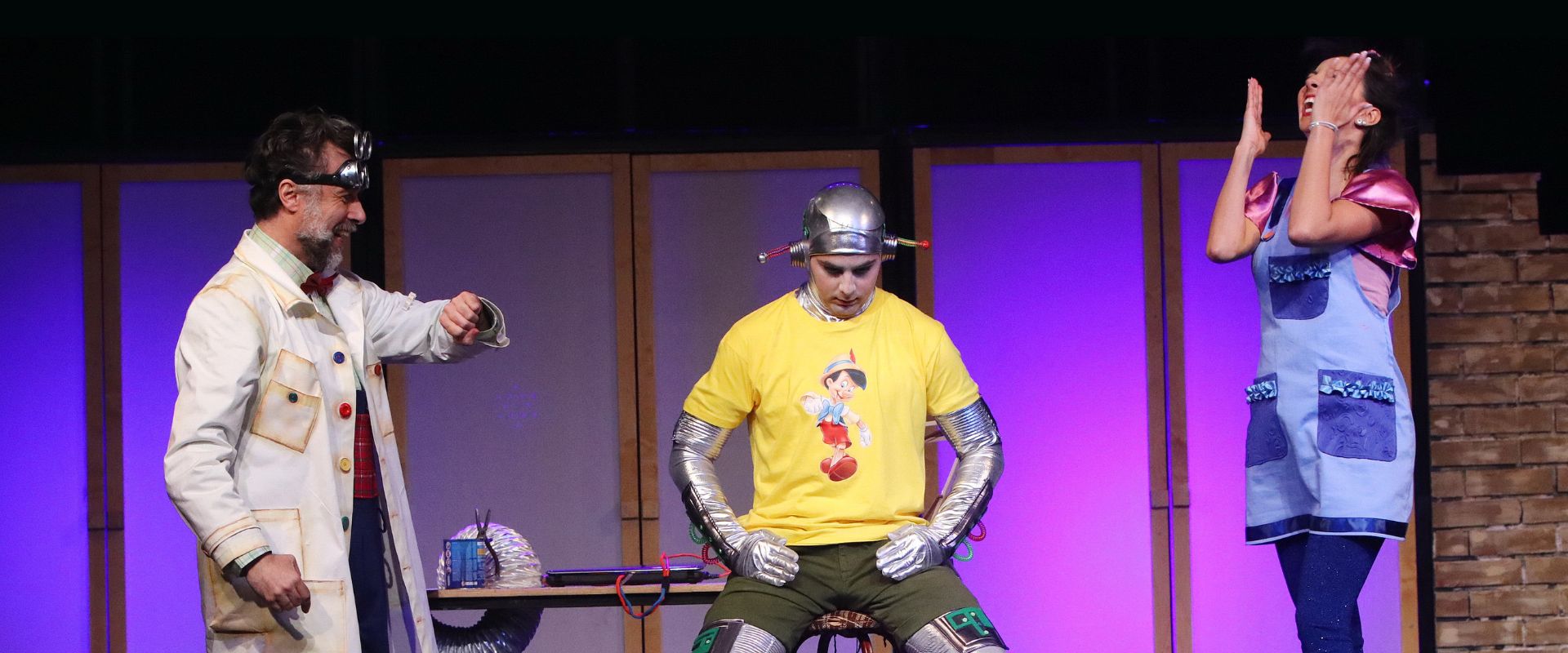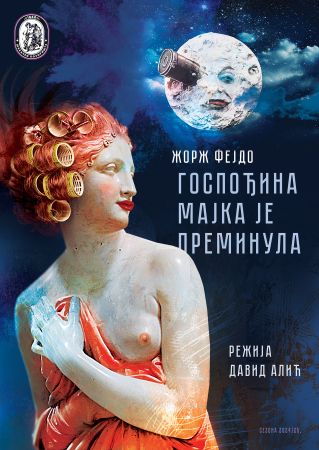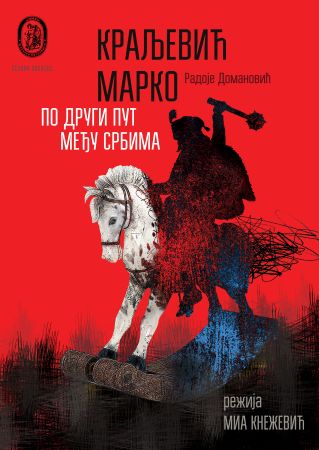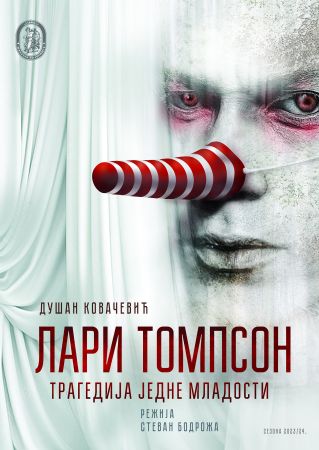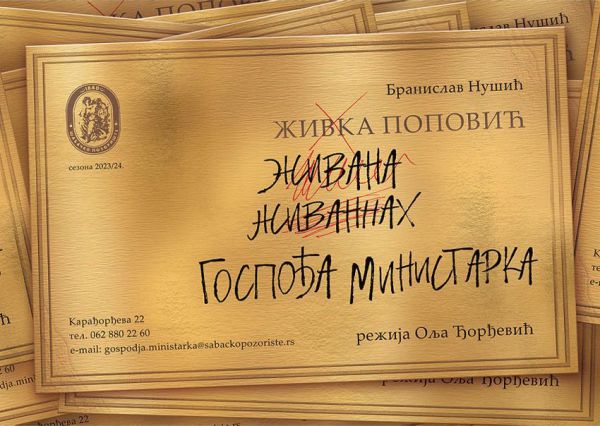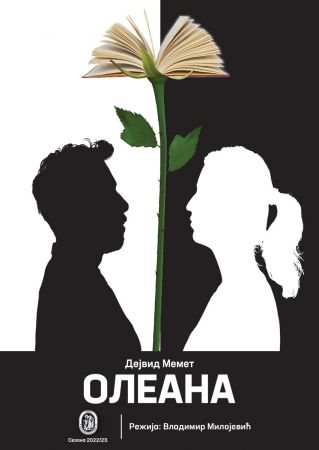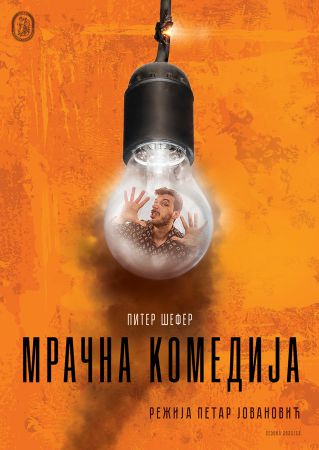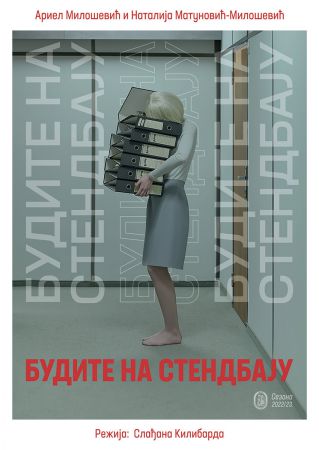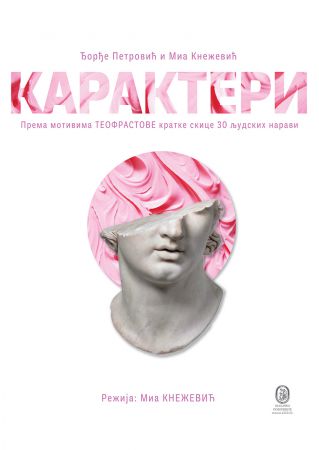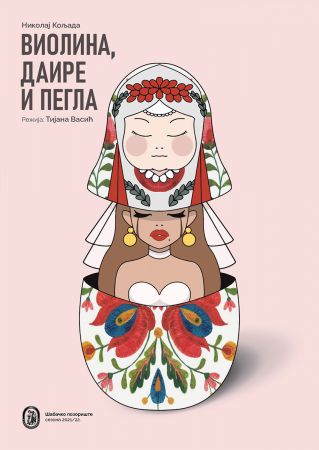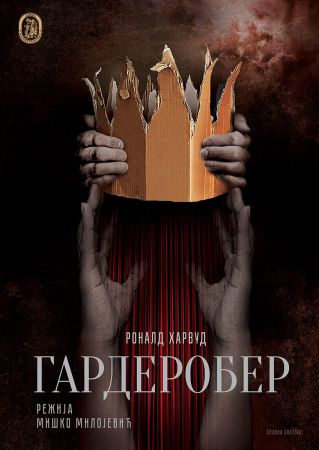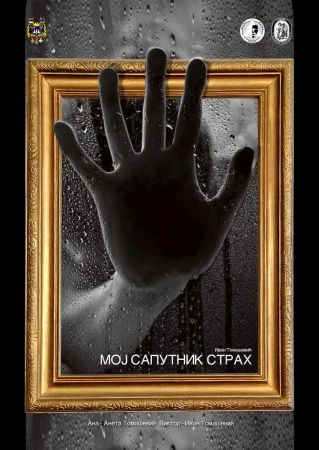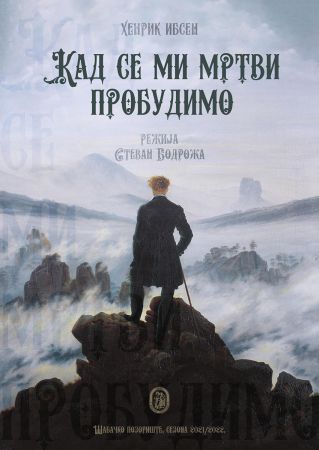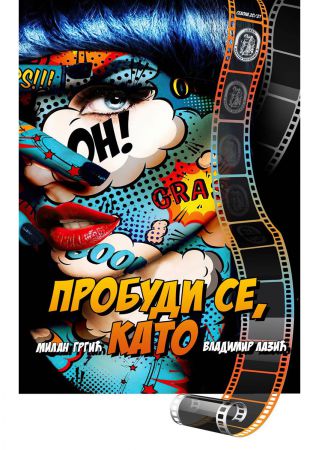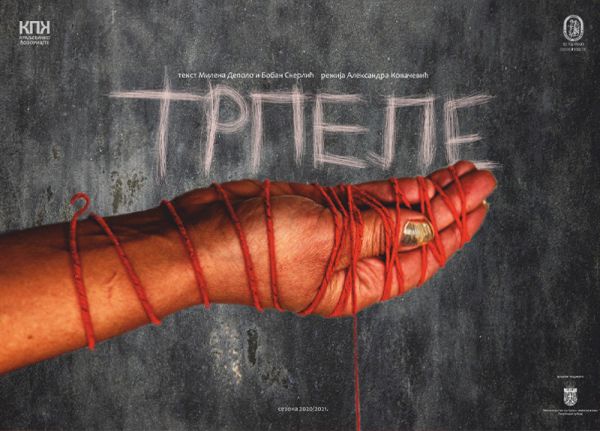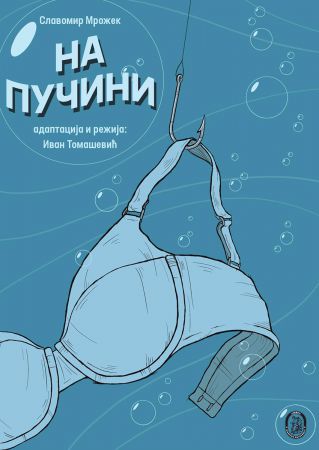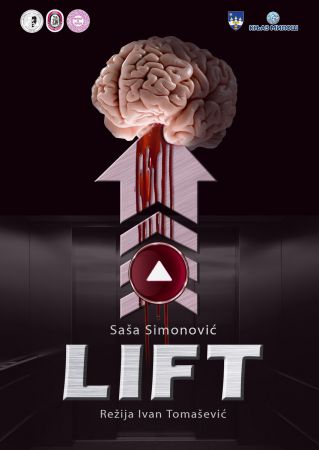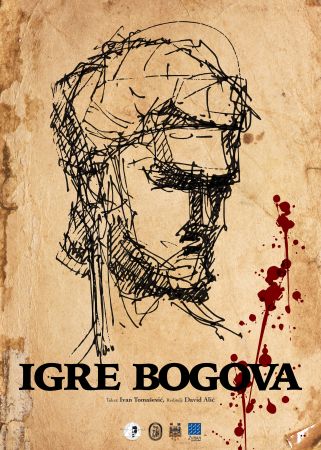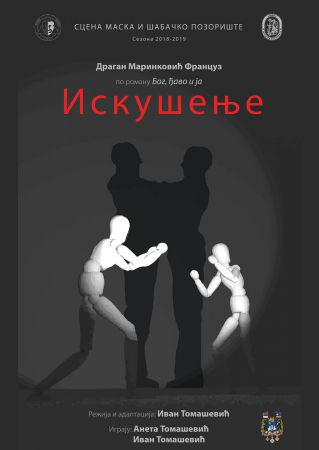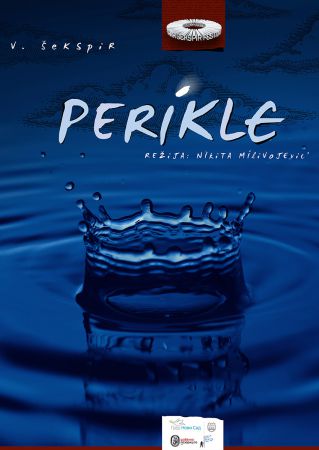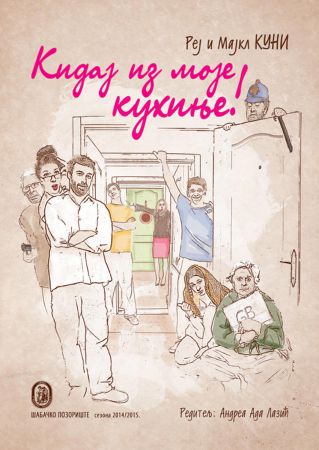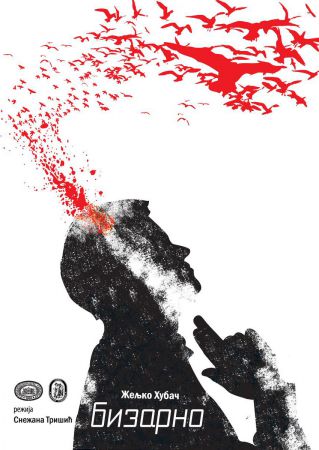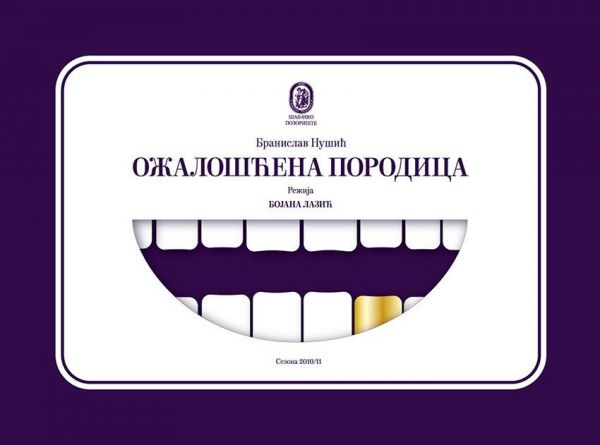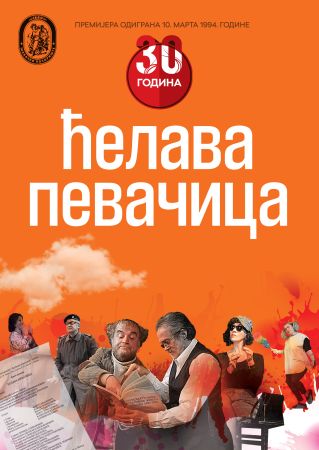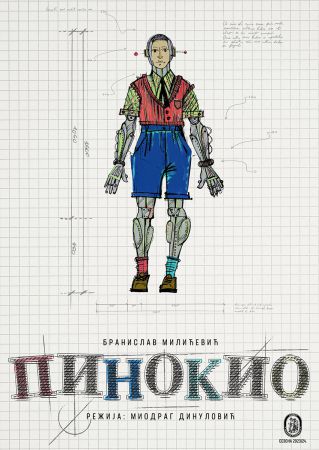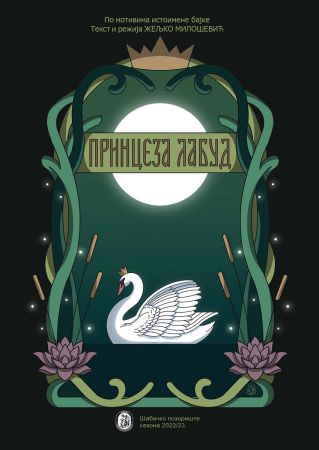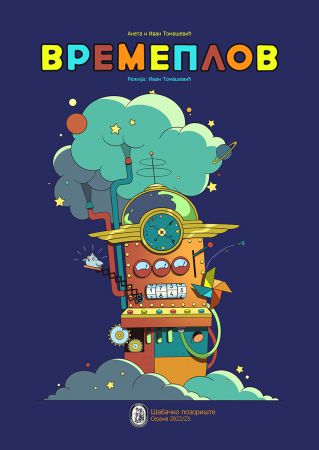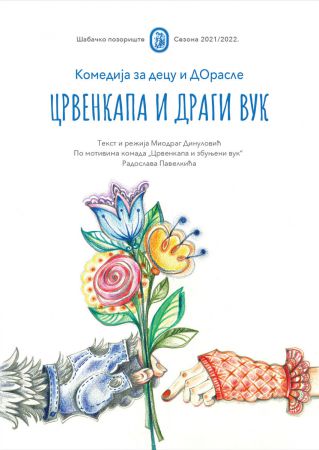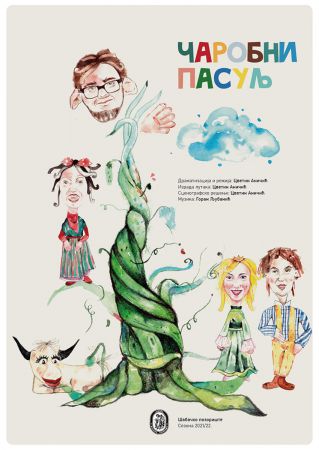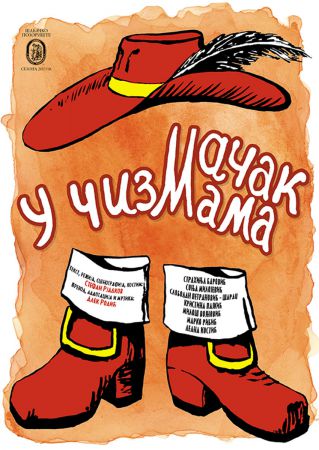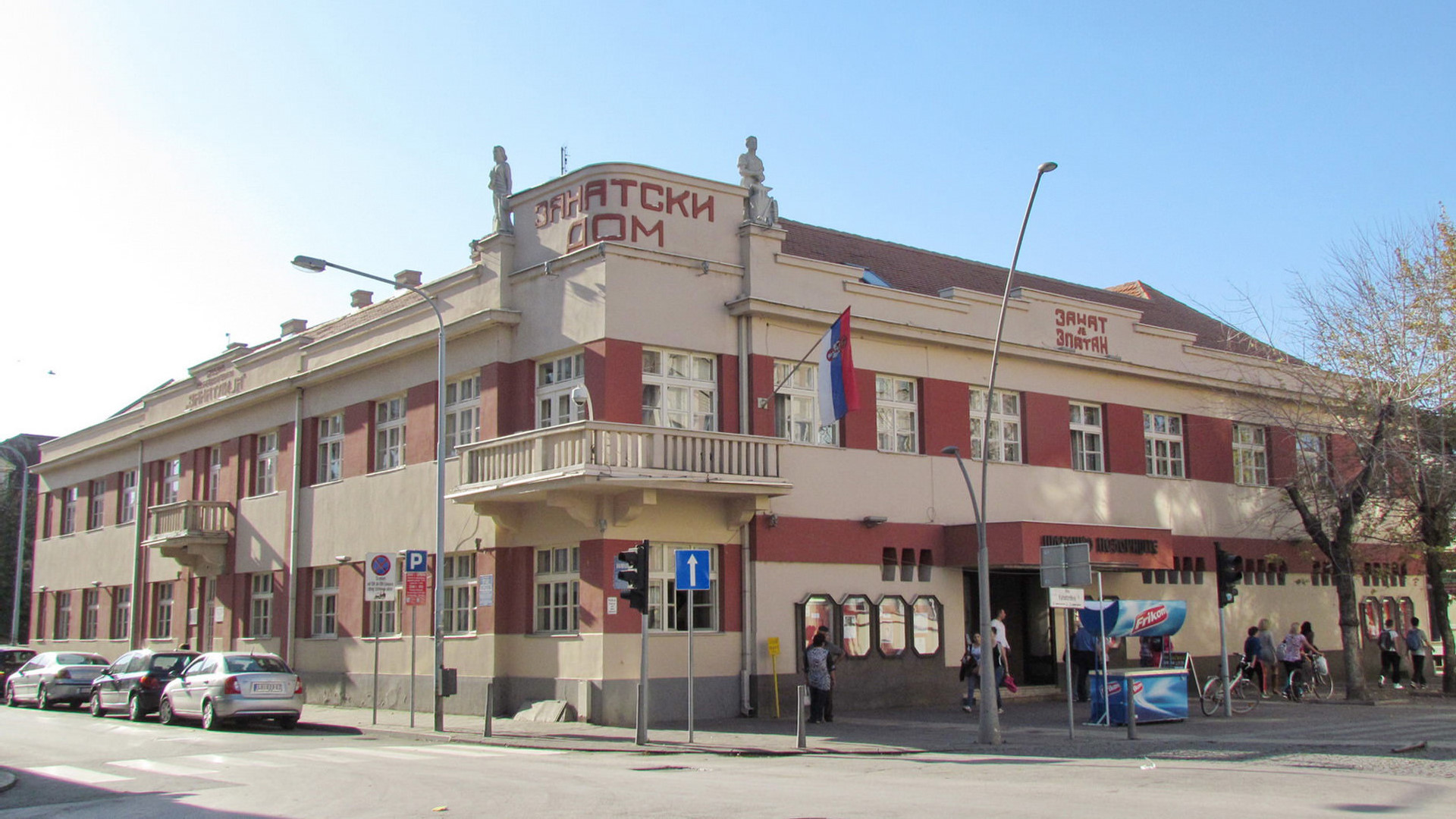
Žorž Fejdo
Gospođina majka je preminula
režija David Alić

Radoje Domanović
Kraljević Marko po drugi put među Srbima
Mia Knežević

Dušan Kovačević
Lari Tompson, tragedija jedne mladosti
Režija: Stevan Bodroža

Branislav Nušić
Gospođa ministarka
Režija: Olja Đorđević

Dejvid Memet
Oleana
Režija: Vladimir Milojević

Piter Šefer
Mračna komedija
Reditelj: Petar Jovanović

Ariel Milošević i Natalija Matunović-Milošević
Budite na stendbaju
Režija: Slađana Kilibarda

Đorđe Petrović i Mia Knežević
Karakteri
Režija: Mia Knežević

Nikolaj Koljada
Violina, daire i pegla
Režija: Tijana Vasić

Ronald Harvud
Garderober
Režija: Miško Milojević

Ivan Tomašević
Moj saputnik strah

Henrik Ibsen
Kad se mi mrtvi probudimo
Režija: Stevan Bodroža

Milan Grgić
Probudi se, Kato
Režija: Vladimir Lazić

Slobodan Skerlić i Milena Depolo
Trpele
Režija: Aleksandra Kovačević

Slavomir Mrožek
Na pučini
Adaptacija i režija: Ivan Tomašević

Tekst: Saša Simonović
Lift
Reditelj: Ivan Tomašević

Ivan Tomašević
Igre bogova
Režija: David Alić

Dragan Marinković - Francuz
Temptation
Directed by: Ivan Tomašević

W. Shakespear
Pericles
Nikita Milivojević

Rej i Majkl Kuni
Kidaj iz moje kuhinje!
Režija: Andrea Ada Lazić

Željko Hubač
Bizarre
Snežana Trišić

Branislav Nušić
The Bereaved family
Directed by: Bojana Lazić

Eugène Ionesco
The bald soprano
Nikita Milivojević

Pinokio
Miodrag Dinulović

Princeza Labud
Po motivima bajke: Princeza Labud (The Swan Princess)
Režija: Željko Milošević
Aneta i Ivan Tomašević
Vremeplov

Komedija za decu i DOrasle
Crvenkapa i dragi vuk
Režija: Miodrag Dinulović

Cvetin Aničić
Čarobni pasulj

Mačak u čizmama
Stefan Rjadkov
The ŠABAC CITY THEATRE is the cultural institution which preserves the strong tradition of theatre life in the city of Šabac, where the first theatre performance was staged in 1840. The director of this production was grammar school teacher, Damnjan Marinković, while the cast was composed of his students. This is the reason that this institution still operates under the motto: Young since 1840. Thereby we wish to put an emphasis on the union between drama tradition and modern, innovative theatrical expression, which is the main characteristic of the Šabac City Theatre repertoire.

 Ћирилица
Ћирилица







